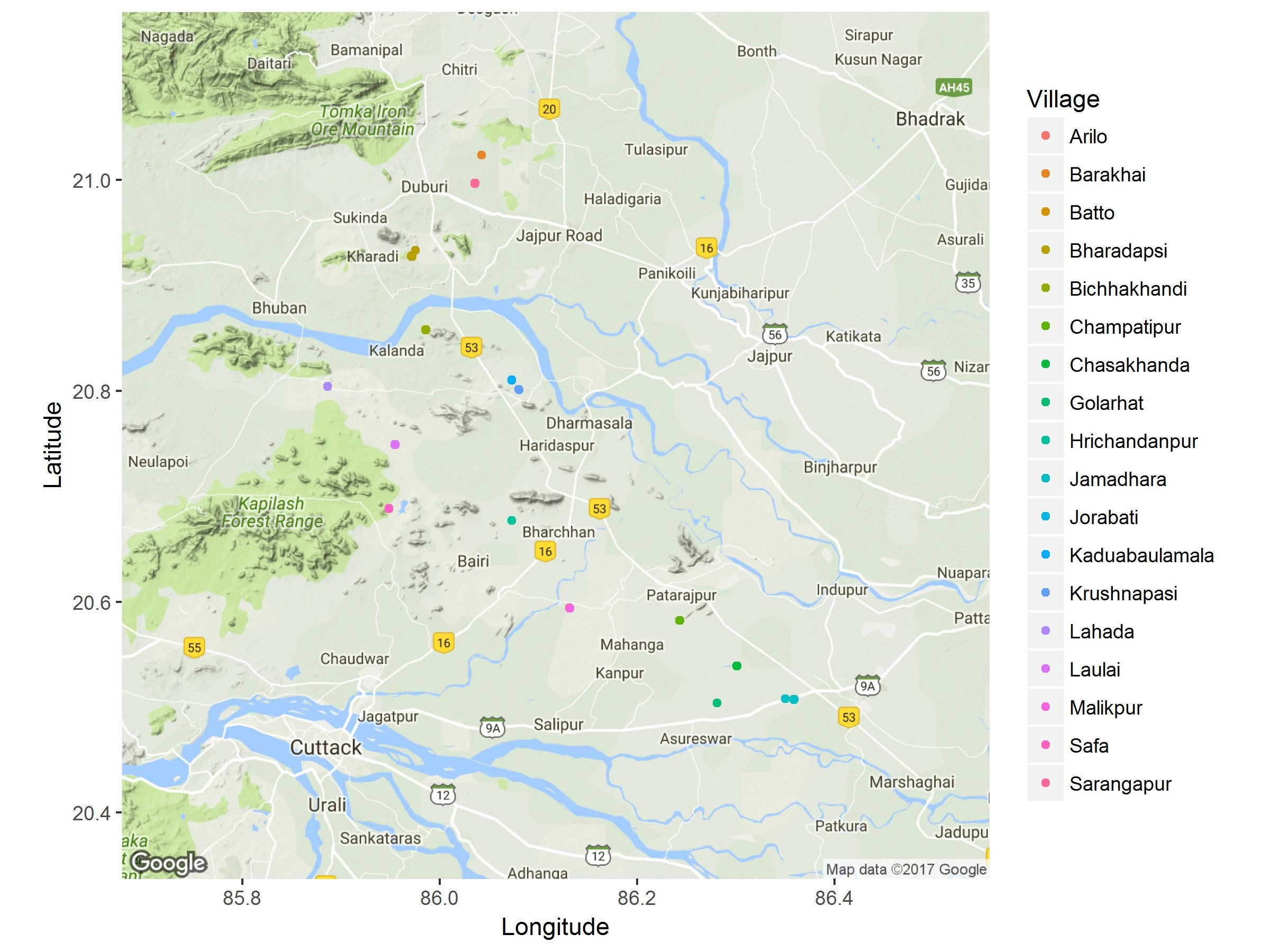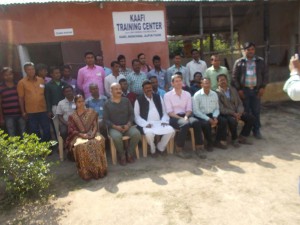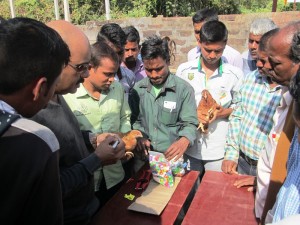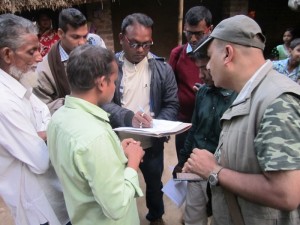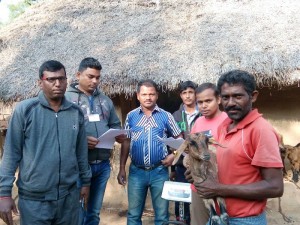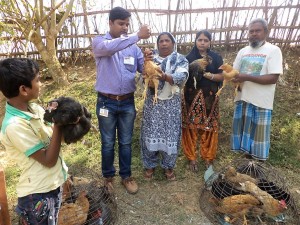The prevalence of infection with one or more types parasitic worms (helminths, including cestodes, nematodes, trematodes) in village poultry is typically in the range 20-70%, whilst in village goats, many studies have found that all adult animals are infected with one or more species. Worms reduce productivity through slowing weight gain or causing weight loss, reduce fertility and in dairy goats reduce milk production or can cause the animal to become dry. Infections can be treated easily and inexpensively through the application of dewormers (anthelmintics). However, little is known regarding the impacts of mass administration of de-wormers to the productivity of village chickens and goats. Furthermore, any impacts will vary by setting and will be influenced by existing resistance – both of the parasites to the de-wormers and of the native chicken and goat breeds to infection with worms. Accurate quantification of these impacts can give data to evaluate the extension of mass treatment and justification for the expansion of mass deworming programmes.
 GALVmed commissioned Vet Helpline India Pvt Ltd to assist in the collection of quantitative comparative data form selected villages within Odisha, India to assess the impacts of de-wormers on the weights of village chickens and goats.
GALVmed commissioned Vet Helpline India Pvt Ltd to assist in the collection of quantitative comparative data form selected villages within Odisha, India to assess the impacts of de-wormers on the weights of village chickens and goats.
Project partner:
Epi Interventions, UK and Gir Odisha Foundation (GOF )
Publications:
The impact of anthelmintic drugs on weight gain of smallholder goats in subtropical regions
Estimating the impact of administration of de-wormers on smallholder chickens in Odisha State, India
A glimpse of activities:

